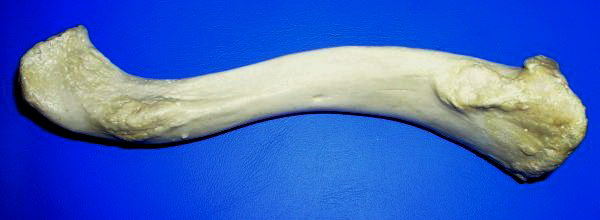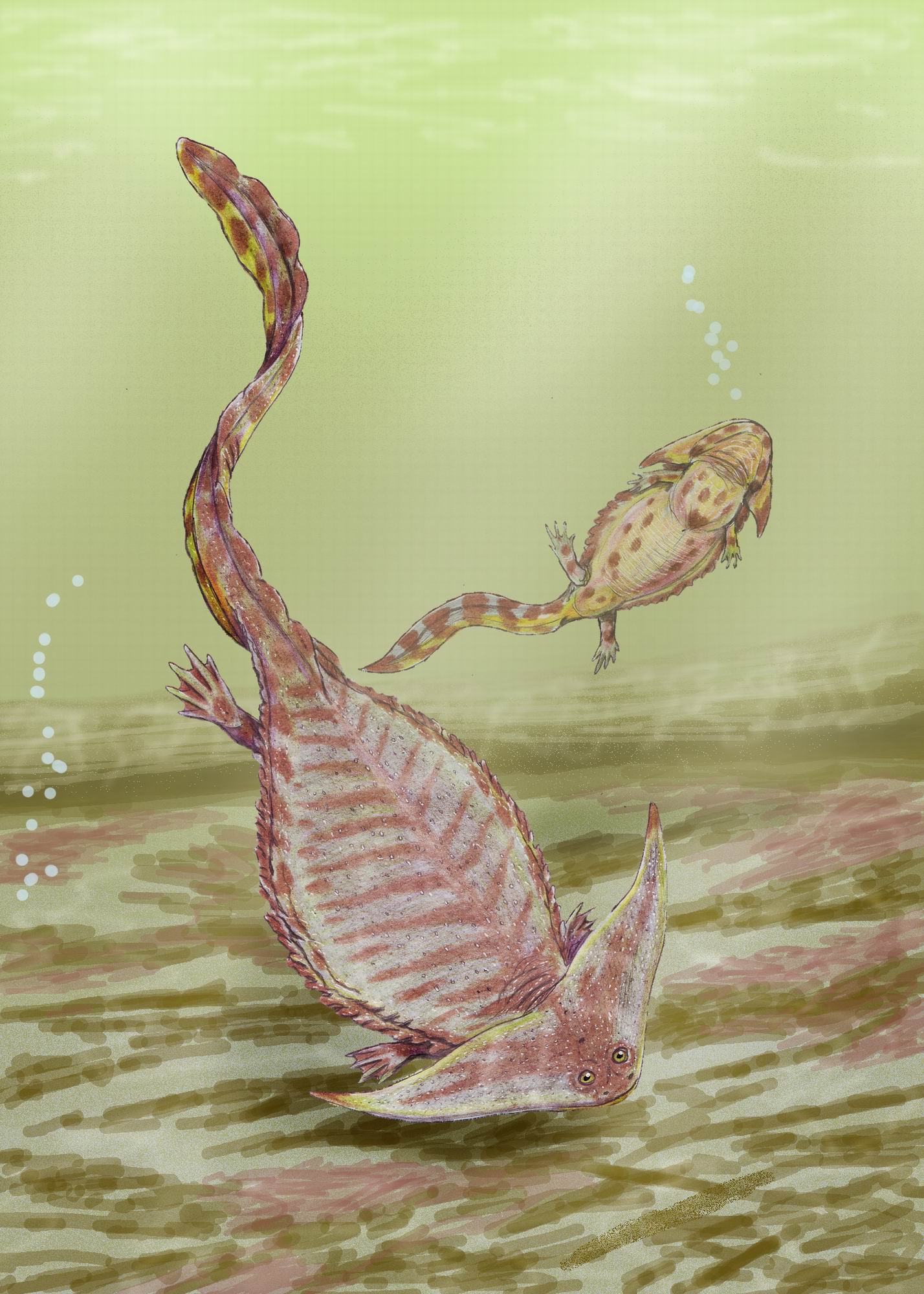|
Stereocyclops
''Stereocyclops'' (common name: Brazilian dumpy frogs) is a small genus of microhylid frogs. It is endemic to the Atlantic forest of eastern Brazil. Molecular phylogeny suggests that it is sister taxon to the clade containing '' Dasypops'' and '' Myersiella''. Description ''Stereocyclops'' can be defined by features of its osteology. In the skull, palatine bone is present, as is the posterior part of prevomer. The clavicle is fully developed and long. Furthermore, the dorsal coloration is light and sharply separated from the dark ventrum by a light line. The head is flattened and the mouth is relatively large. Notice, however, that at the time of this description, the genus was monotypic In biology, a monotypic taxon is a taxonomic group (taxon) that contains only one immediately subordinate taxon. A monotypic species is one that does not include subspecies or smaller, infraspecific taxa. In the case of genera, the term "unisp ... and ''Hyophryne'' was considered a separat ... [...More Info...] [...Related Items...] OR: [Wikipedia] [Google] [Baidu] |
Stereocyclops Incrassatus
''Stereocyclops incrassatus'' is a species of frog in the family Microhylidae. It is endemic to eastern Brazil and is known from Pernambuco and Alagoas in the north and then southward through Bahia to Minas Gerais and Espírito Santo. Earlier records from São Paulo state are now recognized as ''Stereocyclops parkeri''. Common name Brazilian dumpy frog has been coined for this species. Description The holotype, an adult male, measures in snout–vent length (SVL). In a population in Linhares observed at the time of breeding, adult males measured and females in SVL. The body is very stout. The snout is short, rounded in dorsal view but more acute in profile. The eyes are small and the tympanum is indistinct. The fingers are fairly long and have no webbing. The toes are long and have basal webbing. Skin is smooth except for a few granules on the sides. Habitat and conservation Its natural habitats are primary and secondary forests at elevations below . It is a nocturnal species ... [...More Info...] [...Related Items...] OR: [Wikipedia] [Google] [Baidu] |
Stereocyclops Histrio
''Stereocyclops histrio'' is a species of frog in the family Microhylidae. It is endemic to the northeastern Bahia state of Brazil where it occurs in remnants of the Atlantic forest. After the holotype was collected in 1944, the species went unrecorded until a population was found in the Una Biological Reserve and its surroundings in 1999. It is now known from four locations. Common name Bahia yellow frog has been coined for it, perhaps in reference to the bright lemon yellow coloration of the holotype. It was the only species in the genus ''Hyophryne'' until 2012 when molecular data demonstrated that it is nested within ''Stereocyclops'' species. Description Males measure and females in snout–vent length (SVL). The body is oval, and the head is wider than it is long, truncate in dorsal view and slightly protruding laterally. The eyes are small and the tympanum is indistinct. The fingers are short, robust, and without webbing. The toes are fringed and have webbing. Dorsal co ... [...More Info...] [...Related Items...] OR: [Wikipedia] [Google] [Baidu] |
Microhylidae
The Microhylidae, commonly known as narrow-mouthed frogs, are a geographically widespread family (biology), family of frogs. The 683 species are in 57 genera and 11 subfamilies. Evolution A molecular phylogenetic study by van der Meijden, et al. (2007) has estimated the initial internal divergence of the family Microhylidae to have taken place about 66 million years ago, or immediately after the Cretaceous extinction event. The most recent common ancestor of the Microhylidae and their closest Ranoidea, ranoid relatives is estimated to have lived 116 million years ago in Gondwana. Description As suggested by their name, microhylids are mostly small frogs. Many species are below in length, although some species are as large as . They can be arboreal or terrestrial, and some even live close to water. The ground-dwellers are often found under leaf litter within forests, occasionally venturing out at night to hunt. The two main shapes for the microhylids are wide bodies and narrow mo ... [...More Info...] [...Related Items...] OR: [Wikipedia] [Google] [Baidu] |
Edward Drinker Cope
Edward Drinker Cope (July 28, 1840 – April 12, 1897) was an American zoologist, paleontology, paleontologist, comparative anatomy, comparative anatomist, herpetology, herpetologist, and ichthyology, ichthyologist. Born to a wealthy Quaker family, he distinguished himself as a child prodigy interested in science, publishing his first scientific paper at the age of 19. Though his father tried to raise Cope as a gentleman farmer, he eventually acquiesced to his son's scientific aspirations. Cope had little formal scientific training, and he eschewed a teaching position for field work. He made regular trips to the Western United States, American West, prospecting in the 1870s and 1880s, often as a member of United States Geological Survey, U.S. Geological Survey teams. A personal feud between Cope and paleontologist Othniel Charles Marsh led to a period of intense fossil-finding competition now known as the Bone Wars. Cope's financial fortunes soured after failed mining ventures i ... [...More Info...] [...Related Items...] OR: [Wikipedia] [Google] [Baidu] |
Clavicle
The clavicle, collarbone, or keybone is a slender, S-shaped long bone approximately long that serves as a strut between the scapula, shoulder blade and the sternum (breastbone). There are two clavicles, one on each side of the body. The clavicle is the only long bone in the body that lies horizontally. Together with the shoulder blade, it makes up the shoulder girdle. It is a palpable bone and, in people who have less fat in this region, the location of the bone is clearly visible. It receives its name from Latin ''clavicula'' 'little key' because the bone rotates along its axis like a key when the shoulder is Abduction (kinesiology), abducted. The clavicle is the most commonly fractured bone. It can easily be fractured by impacts to the shoulder from the force of falling on outstretched arms or by a direct hit. Structure The collarbone is a thin doubly curved long bone that connects the human arm, arm to the torso, trunk of the body. Located directly above the first rib, it ac ... [...More Info...] [...Related Items...] OR: [Wikipedia] [Google] [Baidu] |
Amphibians Of The Atlantic Forest
Amphibians are ectothermic, anamniotic, four-limbed vertebrate animals that constitute the class Amphibia. In its broadest sense, it is a paraphyletic group encompassing all tetrapods, but excluding the amniotes (tetrapods with an amniotic membrane, such as modern reptiles, birds and mammals). All extant (living) amphibians belong to the monophyletic subclass Lissamphibia, with three living orders: Anura (frogs and toads), Urodela (salamanders), and Gymnophiona (caecilians). Evolved to be mostly semiaquatic, amphibians have adapted to inhabit a wide variety of habitats, with most species living in freshwater, wetland or terrestrial ecosystems (such as riparian woodland, fossorial and even arboreal habitats). Their life cycle typically starts out as aquatic larvae with gills known as tadpoles, but some species have developed behavioural adaptations to bypass this. Young amphibians generally undergo metamorphosis from an aquatic larval form with gills to an air-breathing ... [...More Info...] [...Related Items...] OR: [Wikipedia] [Google] [Baidu] |
Amphibian Genera
Amphibians are ectothermic, anamniote, anamniotic, tetrapod, four-limbed vertebrate animals that constitute the class (biology), class Amphibia. In its broadest sense, it is a paraphyletic group encompassing all Tetrapod, tetrapods, but excluding the amniotes (tetrapods with an amniotic membrane, such as modern reptiles, birds and mammals). All extant taxon, extant (living) amphibians belong to the monophyletic subclass (biology), subclass Lissamphibia, with three living order (biology), orders: Anura (frogs and toads), Urodela (salamanders), and Gymnophiona (caecilians). Evolved to be mostly semiaquatic, amphibians have adapted to inhabit a wide variety of habitats, with most species living in freshwater ecosystem, freshwater, wetland or terrestrial ecosystems (such as riparian woodland, fossorial and even arboreal habitats). Their biological life cycle, life cycle typically starts out as aquatic animal, aquatic larvae with gills known as tadpoles, but some species have devel ... [...More Info...] [...Related Items...] OR: [Wikipedia] [Google] [Baidu] |





